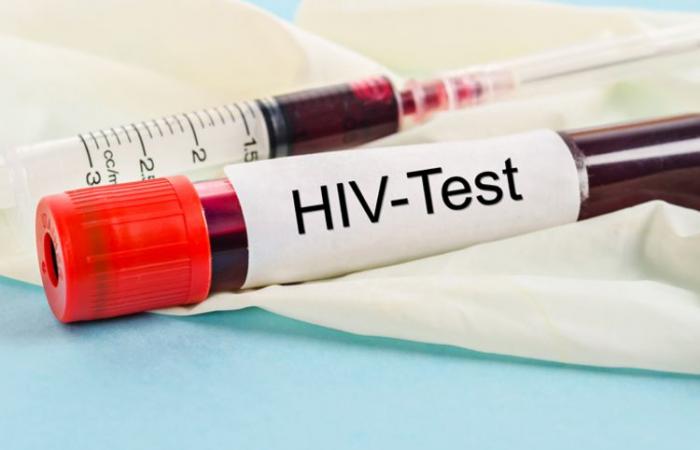In 2023, the number of human immunodeficiency virus (HIV) diagnoses increased for the third consecutive year, Sciensano noted on Thursday. “The HIV epidemic in Belgium is not under control and additional efforts are necessary,” insists the Institute of Public Health.
Last year, 665 people were diagnosed with HIV in Belgium, an increase of 13% in one year. In 2022, there were 597 (+14% compared to 2021). The majority of new diagnoses (328, +13% compared to 2022) concerned heterosexual people. This increase affects men and women, Belgians and non-Belgians. However, the largest increase was observed among those aged 30 to 49 as well as those aged 60 and over.
Among the homosexual population, 297 diagnoses were made among men who have sex with men (MSM), an increase of 16% between 2023 and 2022. “This increase interrupts the continuous decline previously observed among Belgian MSM,” underlines Sciensano. In this group, the increase mainly concerns Belgians, particularly in the 30-39 age group. Among 20-29 year olds, the number of diagnoses has stabilized after strong growth in previous years.
These results show a rebound in contamination after a downward trend observed for several years. The virus therefore continues to spread despite the means of protection and prevention: condoms, regular screening, treatments against transmission (PrEP and PEP).
Unaware of the risk they run, some people do not adopt the appropriate reflexes. The use of condoms – although crucial – is particularly in decline. As for PrEP, a preventive treatment that prevents infection with the AIDS virus in HIV-negative people, its use is increasing among MSM. In total, there were 8,727 users in 2023 – 99% of whom were men – compared to 6,932 in 2022 and 2,332 in 2018. However, its coverage remains incomplete due to the obstacles to accessing it and using it effectively.
Sciensano therefore recommends diversifying the PrEP delivery model. To strengthen prevention, the Institute also emphasizes the importance of sexual and relationship education at school, in particular. Affordable condoms should also be available, particularly for young people whose means are generally more limited. Finally, screening for HIV and other sexually transmitted infections in easily accessible facilities (such as family planning centers) remains essential.
That everyone understands which prevention methods are the most effective depending on their personal situation is the central issue in effectively reducing the risk of HIV infection, concludes Sciensano.






